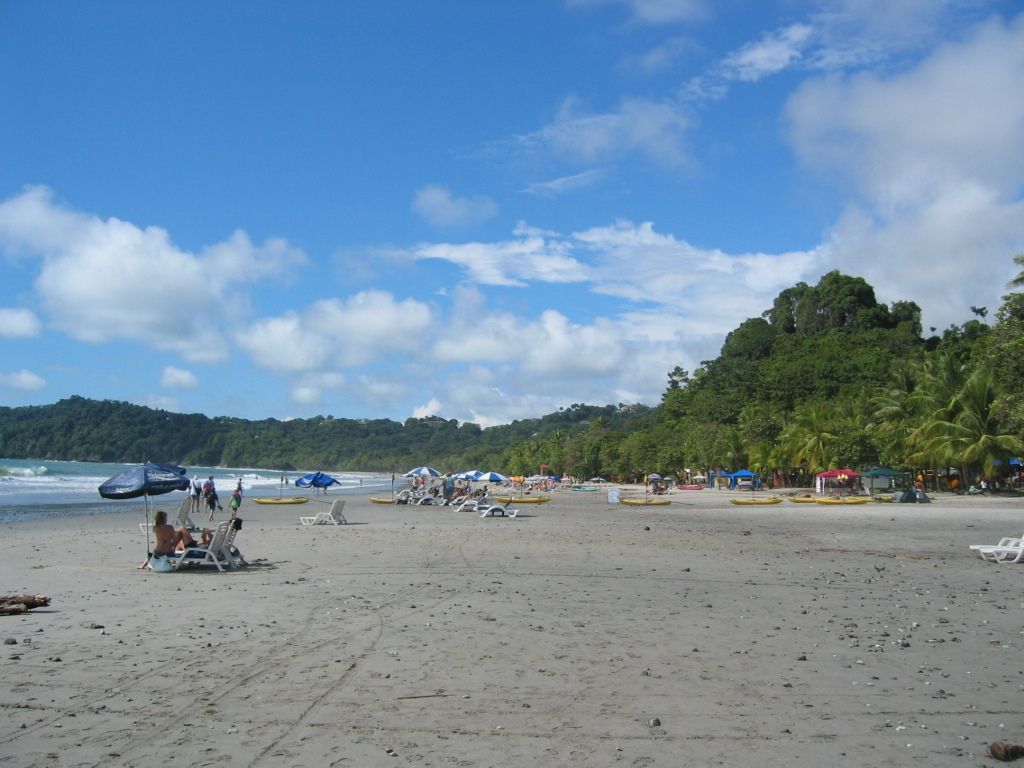Sudden, severe rosacea: Understanding causes, signs, and remedies
Rosacea Fulminans, an uncommon and aggressive form of rosacea, brings about intense redness, inflammation, and acne-like symptoms on the central face area. Though it's not crystal clear which dietary factors trigger rosacea fulminans specifically, understanding what aggravates regular rosacea can offer some insights. Here are potential dietary elements that may amplify rosacea symptoms, possibly including rosacea fulminans:
Potential Dietary Triggers
- High Sugar and Processed Foods: Consuming excessive amounts of sugar and processed foods might induce inflammation that makes rosacea symptoms worse.
- Dairy Products: For some individuals, consuming dairy products, especially whey protein, could lead to an increase in rosacea symptoms, though evidence supporting this is weaker.
- Chocolate: Similarly to dairy, the link between chocolate consumption and rosacea symptoms is not strong.
- Spicy or High-Histamine Foods: Foods that are spicy or high in histamine may cause vasodilation, potentially aggravating rosacea symptoms.
- Foods High in Sulfites or Nitrites: These preservatives can induce inflammation and boost blood flow to the skin, worsening rosacea symptoms.
- Caffeine and Alcohol: Both caffeine and alcohol can cause blood vessels to dilate, resulting in increased redness in individuals with rosacea.
General Dietary Advice
- Hydration and Balanced Diet: Maintaining a balanced diet rich in fruits, vegetables, and omega-3 fatty acids (found in fish, flaxseeds, and chia seeds) may help reduce inflammation and improve overall skin health.
- Avoid Triggers: If you find that certain foods or beverages trigger or worsen your symptoms, it could be helpful to steer clear of them.
Consult a healthcare provider or dermatologist to receive personalized guidance on managing rosacea symptoms through diet. Rosacea fulminans typically strikes females of childbearing age, appears suddenly, and primarily affects the central part of the face, including the chin, cheeks, and nose, bringing on flushed, swollen, and painful nodules and pimples. These symptoms differ from regular rosacea or acne because they are more extreme and come on rapidly.
Though its cause remains elusive, potential triggers of rosacea fulminans include emotional stress, hormonal fluctuations, and certain medications. A healthcare professional may recommend identifying and avoiding triggers, which may involve making lifestyle adjustments such as reducing stress, making dietary changes (such as reducing alcohol), and using gentle skincare products on the face.
Successful treatment may involve the use of corticosteroids, isotretinoin (Accutane), or a combination of therapies, and some people may also benefit from stress management and diet modification. It's crucial for a person to consult a dermatologist or other healthcare professional if they suffer symptoms of rosacea fulminans. Prompt diagnosis and treatment can help resolve symptoms more quickly, prevent complications like scarring and infections, and address any emotional distress, potentially improving their quality of life.
- Though the specific dietary factors that trigger Rosacea Fulminans are not yet clear, a balanced diet rich in fruits, vegetables, and omega-3 fatty acids may help reduce inflammation and improve overall skin health, providing some potential insights.
- The consumption of high sugar and processed foods might induce inflammation that makes rosacea symptoms, including those of Rosacea Fulminans, worse.
- In dermatology, understanding what aggravates regular rosacea can offer some insights into potential dietary triggers for Rosacea Fulminans, a medical-condition that affects health-and-wellness.
- Some people may benefit from stress management, diet modification, and the use of gentle skin-care products, as these lifestyle adjustments may help in identifying and avoiding potential triggers of Rosacea Fulminans, a rare and aggressive form of skin-conditions.








